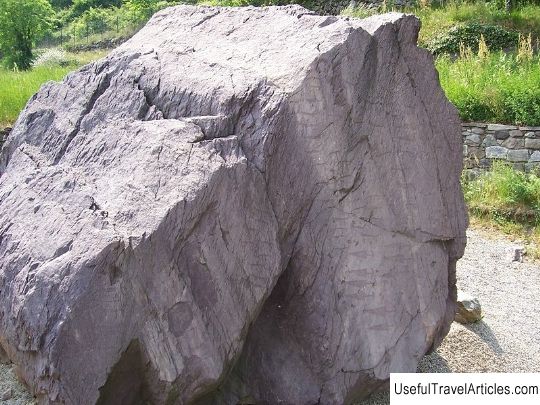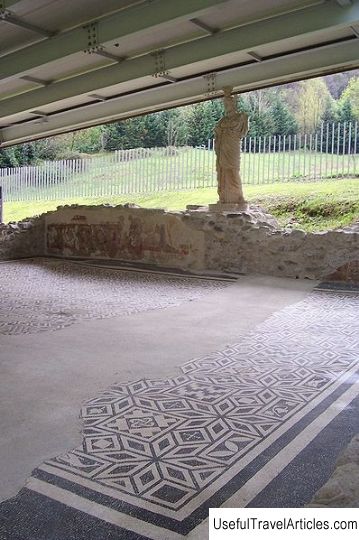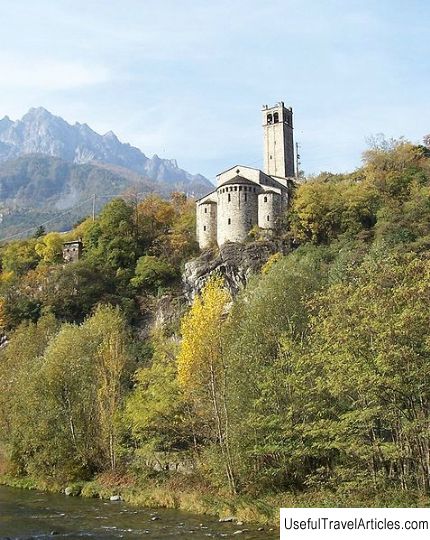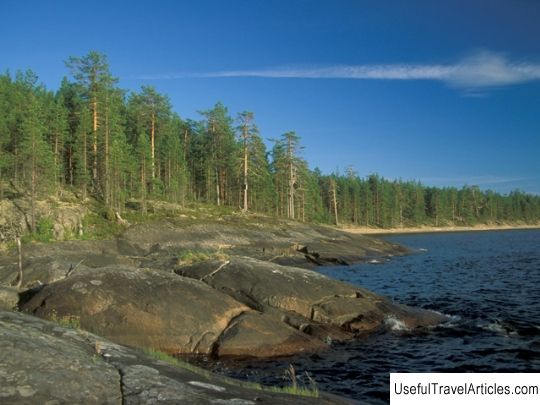Petroglyphs of the Val Camonica valley (Stone carvings of Val Camonica) description and photos - Italy: Brescia
Rating: 8,2/10 (690 votes) 
Petroglyphs of the Val Camonica Valley (Stone carvings of Val Camonica) description and photos - Italy: Brescia. Detailed information about the attraction. Description, photographs and a map showing the nearest significant objects. The title in English is Stone carvings of Val Camonica. Photo and descriptionThe petroglyphs of the Val Camonica in the province of Brescia are one of the world's largest collections of prehistoric cave paintings. These petroglyphs were recognized internationally in 1979 and became the first UNESCO World Cultural Heritage site in Italy. UNESCO has officially recognized the value of more than 140,000 figurines and symbols, but new finds made in Val Camonica have increased the number of ancient notches from 200,000 to 300,000. Petroglyphs can be found throughout the valley, but most of them are concentrated in the vicinity of the communes of Darfo Boario Terme, Capo di Ponte, Nadro, Chimbergo and Paspardo. Most of the rock paintings were made in the Iron Age - in the first millennium BC, and the latest petroglyphs belong to the Kamun culture, mentioned by Latin sources. It must be said that the tradition of creating petroglyphs did not end abruptly and unexpectedly, on the contrary, drawings on stones, albeit in much smaller quantities, were made in ancient Rome, in the Middle Ages and up to the 19th century. The first documentary evidence of the petroglyphs of Val Camonica dates back to 1909, when Walter Leng drew the attention of the National Committee for the Protection of Monuments to two painted boulders near the town of Capo di Ponte. However, the study of these monuments began only in the 1920s. Soon, other rock paintings were discovered throughout the valley, which led to the organization of systematic expeditions. Interestingly, during the reign of the Nazis, these drawings were considered proof of the existence of the Aryan race. The study and cataloging of petroglyphs was interrupted during the Second World War, and then continued under the leadership of the Museum of Natural Sciences of Brescia and with the participation of foreign experts. In 1964, the first book "The Civilization of Val Camonica" was published, and one of the discovered petroglyphs - the so-called "Rose of Camuna" - was recognized as the official symbol of the Lombardy region.         We also recommend reading Fort Drum description and photos - Philippines: Manila Topic: Petroglyphs of the Val Camonica valley (Stone carvings of Val Camonica) description and photos - Italy: Brescia. |




